Feeling sluggish at the gym? Ready to take your workout to the next level? Achieving that “pump” you want can make a big difference in how you feel, but what does it really mean when someone says “Get a pump?” This comprehensive guide will explore different types of gym pumps and the benefits they provide. From barbells and dumbbells to kettlebells and cable machines, it will look at all the ways you can get that pump feeling while working out.
What Is A Gym Pump?
A gym pump is the feeling of increased strength and muscle size you experience during a workout. This sensation is caused by an increase in blood flow to your muscles, filling them with oxygen, nutrients, and hormones that aid in muscle growth. When your muscles are properly pumped up, they become more receptive to the exercises being performed as well as able to work harder for longer periods.
A gym pump can provide an overall sense of satisfaction and confidence after a workout session. It’s important to note that this sensation does not directly translate into gains in terms of muscle growth or strength; however, it can certainly make workouts more enjoyable and effective. Additionally, when used regularly over time, pumps can help enhance muscular endurance capacity while also reducing the risk of injury.
Finally, proper stretching after each session can help ensure that your muscles are well stretched out and ready to take on whatever challenges await in the gym. The sensation of a gym pump is not only enjoyable but also important for long-term progress in terms of both strength and size. Taking the time to properly warm up, perform compound exercises with intensity, and cool down can help you maximize your gym pump experience [1]!
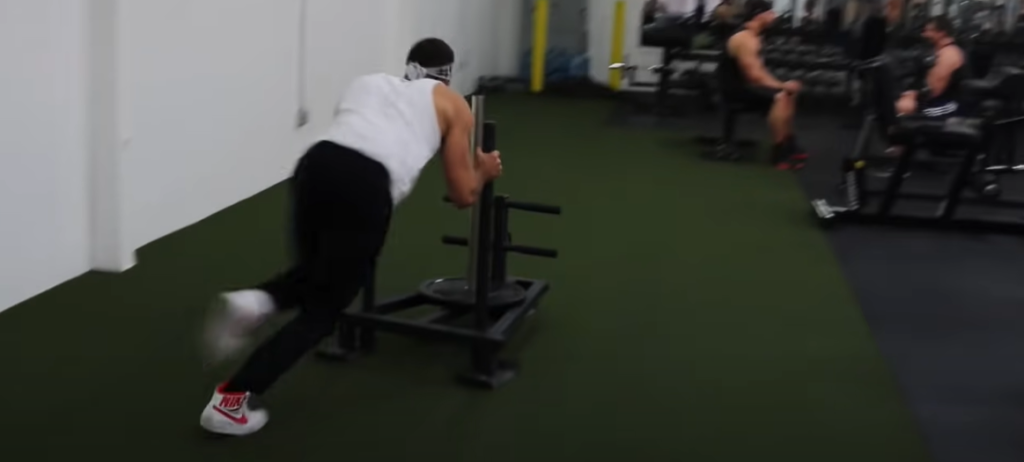
What Triggers A Muscle Pump?
A muscle pump is typically triggered by intense muscular contractions as a result of strength and/or endurance exercise. This type of activity increases blood flow to the working muscles, causing them to become engorged with oxygen-rich blood. In turn, this stimulates an increase in interstitial fluid pressure around the cells within the muscle, leading to the swelling sensation that is characteristic of a muscle pump.
Additionally, certain bodybuilding supplements such as creatine or beta-alanine can contribute to achieving a greater pump due to their effects on the increased volume of extracellular fluid in the muscle tissue. Ultimately, achieving an optimal muscle pump requires finding the right combination of intensity and supplementation for an individual’s goals and preferences.
How to Get a Good Muscle Pump
Drink More Water
The most important part of getting a good muscle pump is to drink plenty of water. Make sure you are well-hydrated before and during your workouts. Drinking plenty of water helps to keep your muscles hydrated, which allows for better blood flow and oxygen delivery throughout the body. This increased circulation leads to bigger pumps during your sets.
Increase Your Carb Intake
Another important factor for achieving great pumps is increasing your carb intake. Carbs are an important source of energy for exercising and can help increase the intensity at which you exercise so that you get a better pump from the workout. It’s also important not to go overboard on carbs as they can lead to weight gain when consumed in excess.
Lift Heavier Weights
The heavier the weight you lift, the larger your muscles become. Heavier weights cause more tension in the muscle fibers and force them to expand to accommodate it. This will give you a better pump after each set as the muscles have been forced to grow.
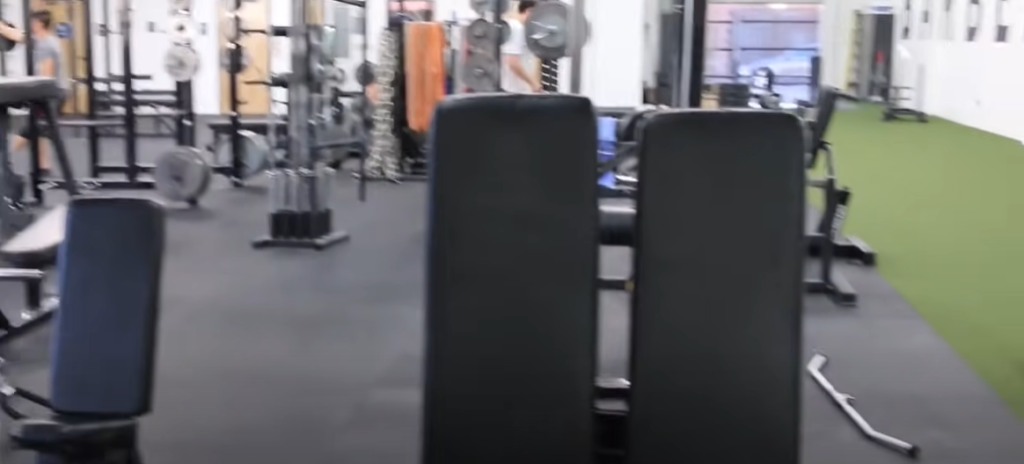
Train With Higher Volume
Training with higher volume means doing more sets and reps per muscle group than usual. When you train with higher volume this puts extra stress on the muscle which leads to greater pumps during your workouts. By doing 3-4 sets per exercise instead of 2-3 sets, you will be able to achieve greater pumps for each exercise.
Get Enough Rest Between Sets
It’s important to get enough rest between sets so that your muscles have time to recover and get ready for the next set. If you don’t give your muscles enough rest they won’t be able to perform at their full potential during each set. Aim for around 2 minutes of rest between sets so that you can get a good pump every time.
Stretch Between Sets
Stretching is an important part of getting a good muscle pump as it helps increase blood flow in the muscle fibers and increases flexibility. Try doing some dynamic stretches such as arm circles or leg swings between sets, focusing on the muscle groups you are about to work on. This will help improve circulation in those muscles which leads to better pumps during your workouts.
Try Pre-Workout Supplements
Pre-workout supplements such as creatine, beta-alanine, or caffeine can help give you an extra boost of energy and improved concentration so that you can get the most out of your workouts. These supplements may also help increase blood flow in the muscles which leads to better pumps. Try adding a pre-workout supplement to your routine if you are looking for an extra edge.
Squeeze During Each Rep
When lifting, it’s important to focus on squeezing your muscles during each rep. This will help increase the tension in the muscle fibers and lead to a greater pump after each set. Try to focus on contracting the specific muscle group you are working on so that you can get the most out of each rep.
Eat Protein After Workouts
Having a protein-rich snack or meal after workouts helps promote muscle growth and repair. Eating adequate amounts of protein helps rebuild damaged muscle fibers which lead to bigger pumps when exercising. It’s also important not to forget about carbs as they provide energy for your workouts and aid in recovery. Aim for a 3:1 ratio of carbs to protein in your post-workout meal or snack for optimal results.
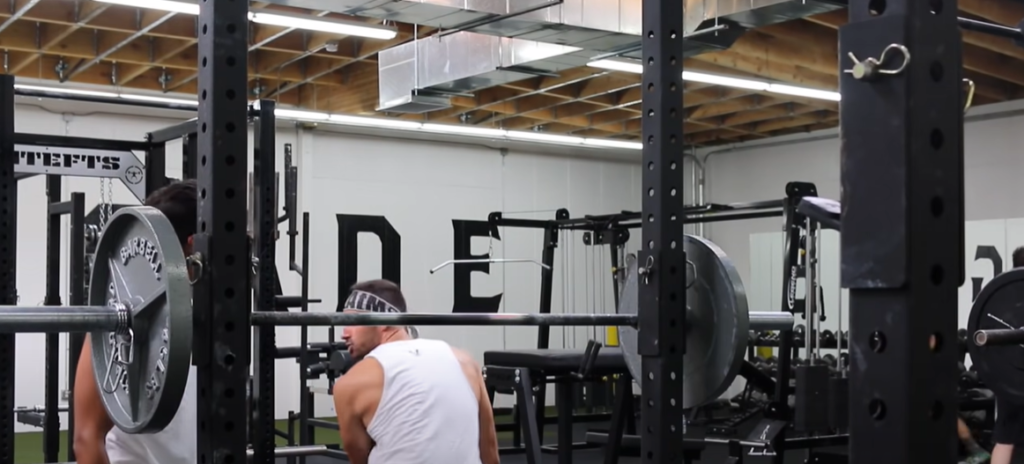
Increase Your Training Volume Over Time
As you get used to a particular workout routine, it’s important to gradually increase the volume of your workouts over time. This helps shock the muscles and force them to grow so that you can achieve better pumps during each set. Try adding an extra set or two or increasing the weight every few weeks so that your body is constantly being challenged.
Incorporate Advanced Strength Training Techniques
Advanced strength training techniques such as drop sets, forced reps, or supersets can help you get an even better pump during your workouts. These techniques require more intensity and effort than traditional sets so they will help push your muscles to their limits and beyond. Try adding a few of these techniques into your routine for an extra challenge [2].
Warm vs. Cold Temperature: Which is Better to Prolong a Gym Pump?
When it comes to the debate around warm vs. cold temperatures for prolonged gym pumps, there is no clear winner. It depends on what your goals are and how your body responds to different temperatures.
For example, if you’re trying to build muscle mass quickly, a warmer environment may be better as it increases blood flow to the muscles, helping them become more oxygenated and therefore grow faster. Colder temperatures can slow down this process of growth. If you’re just looking for a good pump in general, then either warm or cold temperatures will work depending on what works best for your body.
In terms of recovery time after an intense workout session or competition, cold temperatures can help reduce swelling and inflammation, while warm temperatures can help relax your muscles. Ultimately, the best way to find out which works better for you is to experiment with both and see what feels best.
No matter what temperature you’re most comfortable in, it’s important to remember that hydration, proper nutrition, and adequate rest are all essential components of any good fitness program. So, make sure to stay hydrated, eat right, and get enough rest if you want to prolong your gym pump and achieve optimal results [3]!
The Right and Wrong Way to Use Pump Training to Build Muscle
Pump training is a form of exercise that emphasizes the feeling of “the pump” or fullness in the muscle you are working. This style of training has been used by bodybuilders, strength athletes, and general fitness enthusiasts alike to help build muscle and strength.
When done correctly, pump training can be an effective way to build muscle, but there are some important factors to consider when beginning a program. First and foremost, it’s important to understand that this type of training should not be used as a replacement for traditional weight-training methods. The goal of pump training is not necessarily to increase your one-rep max or lift heavy weights; rather, the focus should be on feeling the muscles contract and expand with each rep.
It’s also important to make sure you are focusing on proper form when performing these exercises – if not, you may risk injury or hinder progress. Make sure that the range of motion for each exercise is completed correctly, as well as be aware of any abrupt movements or jerking motions which can increase your chance of injury. Lastly, pay attention to your technique throughout each set and ensure that the muscles are feeling the tension in the working muscle group.
By following these guidelines, you can use pump training to help build muscle safely and effectively. Remember – this type of training is meant to supplement a traditional weight-training program, not replace it. Incorporating pump training into your routine can help add variety and can be beneficial for overall muscular development. Just make sure to stay focused on proper form, lift lighter weights, and use shorter rest periods between sets to maximize results [4].
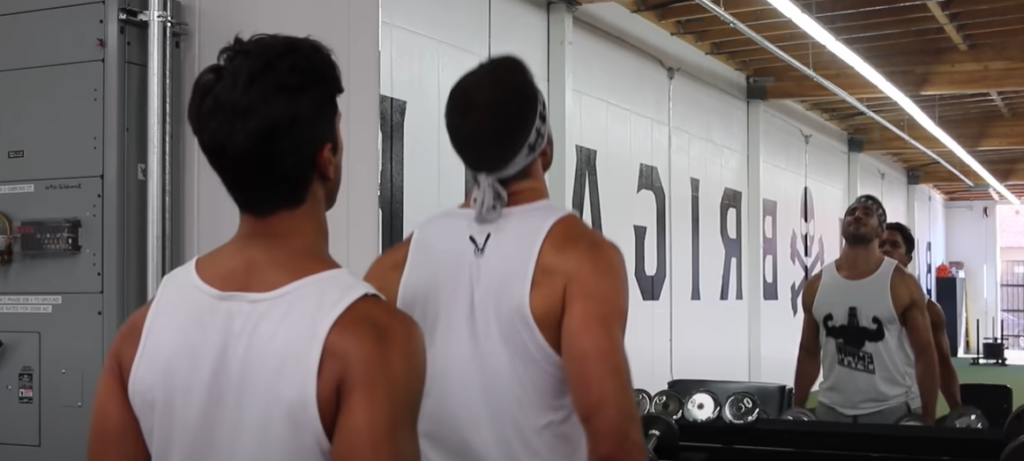
FAQ
Is it good to get a pump in the gym?
Getting a pump in the gym can be beneficial to help you reach your fitness goals, as it helps increase muscle size and strength. However, getting too much of a pump can also lead to overtraining, which is when the muscles become fatigued from excessive training and they don’t get enough rest or nutrition to repair and rebuild themselves. Therefore, it’s important to listen to your body and understand what works best for you to achieve your desired results without overtraining.
Additionally, if you are new to weight lifting, make sure that you start with lighter weights until you get more familiar with the exercise movements before increasing the weight. This will ensure that you learn proper form and technique before attempting heavier loads. Lastly, always make sure to stretch and warm up before exercising, as this can help prevent injury and maximize your performance.
What is the best way to track my progress in the gym?
The best way to track your progress in the gym is by taking measurements and recording them so you can compare your results over time. This can include body fat percentage, muscle mass, weight, circumference measurements (waist, arms, legs), strength levels (how much weight you can lift), etc. Additionally, keeping a training log or journal where you record your daily workouts and diet can also be useful for tracking your progress. Finally, it’s important to set realistic goals that are achievable within a certain timeline so you will stay motivated and on track with meeting your fitness goals.
What should I do if I’m feeling sore after a workout?
If you are feeling sore after a workout, it’s important to give your body time to recover and rest. Try to incorporate active recovery techniques such as light stretching, foam rolling, or low-intensity cardio into your routine to help alleviate some of the soreness and reduce muscle tension. Additionally, nutrition is key when it comes to recovery; make sure that you are eating enough protein and healthy carbohydrates throughout the day so that your muscles can repair themselves effectively. Lastly, make sure you are getting enough quality sleep each night to allow your body the necessary time it needs for proper rest and recuperation.
What does a gym pump feel like?
A gym pump is when your blood vessels in your muscles become engorged with blood. This results in a feeling of tightness, fullness, and even slight pain in the muscles as the oxygen-rich blood saturates them. Additionally, this can cause an increase in strength due to the increased muscle size which occurs due to the enhanced blood flow. The sensation of a gym pump can be both uncomfortable and enjoyable depending on how well you can manage it; some people may find that they experience more pain than others. Ultimately, listening to your body is important so you don’t overtrain or push your muscles too hard.
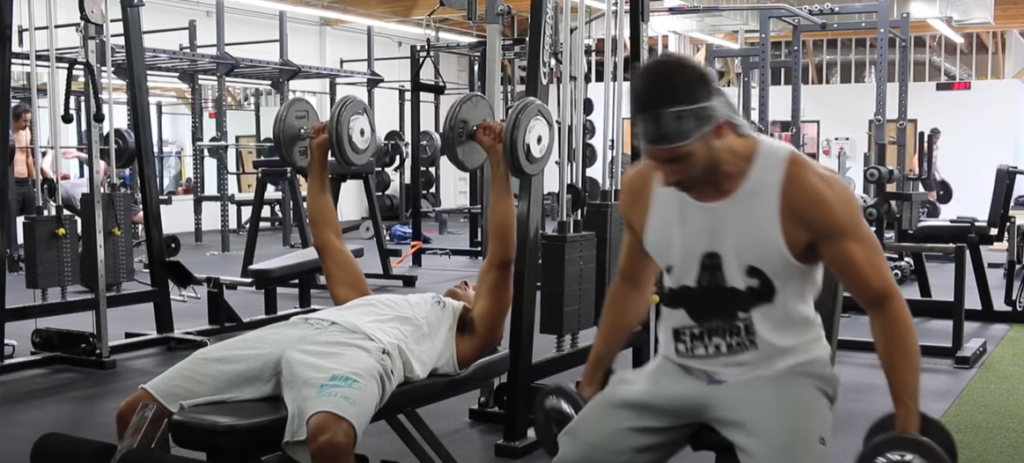
How long does the pump last?
The pump usually lasts anywhere between 10-30 minutes depending on the intensity of the workout and how fast you can metabolize lactate. However, some people may experience a longer-lasting pump if they have consumed caffeine before their workout or taken a pre-workout supplement that contains nitric oxide boosters; both of which can help increase blood flow and give your muscles more oxygen. Ultimately, it’s best to experiment and see what works best for you so that you can optimize your results in the gym.
Does a pump mean muscle growth?
A pump does not necessarily equate to muscle growth unless you are following a consistent weight training program and eating an adequate amount of protein. When you lift weights, your muscles experience microtrauma which then leads to muscle growth. The pump is simply a result of increased blood flow to the muscles due to intense exercise; it doesn’t directly cause your muscles to get bigger. Therefore, if you want to see results from lifting weights, be sure to stick with a consistent routine that incorporates all of the necessary components (proper nutrition, adequate rest and recovery, etc.). This will ensure that your muscles can repair and rebuild themselves optimally so that you can achieve maximum results.
How long do pumps last?
The duration of the pump is usually short-lived and can last anywhere from 10-30 minutes, depending on the intensity of your workout. While a gym pump does not directly cause muscle growth, it can be beneficial in providing an extra boost of energy and strength during exercise by increasing blood flow to the muscles. Additionally, it can also help with lactic acid metabolism which helps reduce post-workout soreness. Ultimately, if you want to see long-lasting results from lifting weights, make sure that you are following a consistent routine and eating a balanced diet so that your muscles can repair themselves optimally for maximum growth.
Why don’t I get pumps?
If you are not getting pumps from your weight training, it could be that you aren’t pushing yourself hard enough to cause the necessary metabolic changes in your muscles. Additionally, if your diet and nutrition are lacking, then this can affect how much energy and power you have during exercise, which can ultimately lead to less intense workouts. Lastly, make sure that you are taking adequate rest days throughout the week so that your muscles have time to repair themselves. Taking all of these steps will help ensure that you get a good pump from your workouts.
Does creatine give you a pump?
Creatine is a popular supplement that can help increase your strength and power during exercise, which in turn can lead to a better pump. Since creatine helps replenish energy stores in the muscles, it can provide an extra boost of energy that can help you push yourself further during workouts and therefore get more out of each set. Additionally, creatine also increases the amount of water that is stored in the muscle cells which can help with blood flow and circulation, leading to an improved pump. Ultimately, adding creatine to your supplement routine may be beneficial for getting better pumps from your workouts.
Does no pump mean bad workout?
No, not necessarily. A pump is simply a result of increased blood flow to the muscles due to intense exercise; it doesn’t directly cause your muscles to get bigger. Therefore, even if you don’t experience a pump during your workout, it doesn’t necessarily mean that the session was bad or ineffective. Focus on pushing yourself and doing the proper form for maximum results in the gym. If you stick with a consistent weight training program and nutrition plan, you will eventually start to see results from your efforts regardless of whether or not you get a pump from each workout session.
Does a workout pump hurt?
No, a pump should not hurt. The increased blood flow to the muscles can cause them to feel tighter and more engorged during exercise, but this is generally a good feeling that indicates progression. If you experience pain or discomfort during your workouts, then it may be necessary to reduce the intensity of your exercises or take some time off from training to rest and recover.
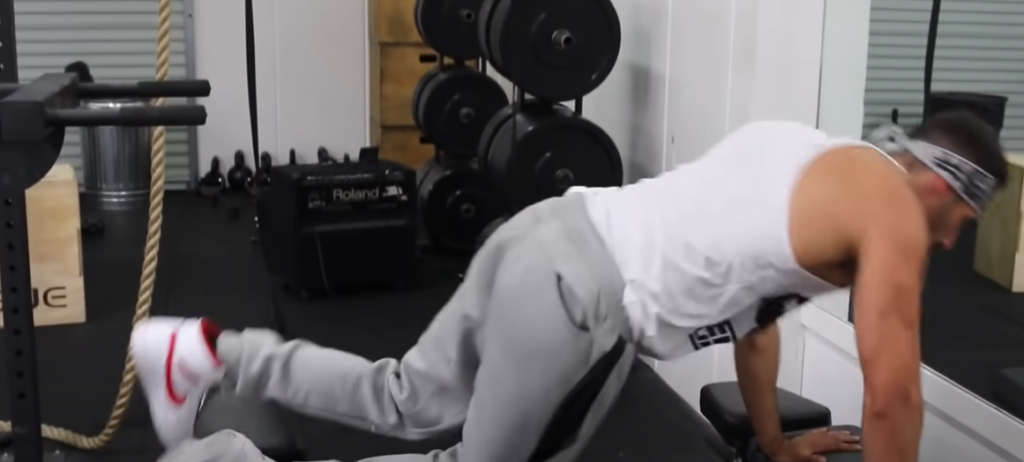
Does a pump mean more gains?
Not necessarily. While a pump can be beneficial in providing an extra boost of energy and strength during exercise, it doesn’t directly cause muscle growth or lead to bigger gains. To see long-lasting results from weightlifting, make sure that you are following a consistent routine and eating a balanced diet so that your muscles can repair themselves optimally for maximum growth. Additionally, proper rest is also essential in helping the body recover and rebuild after each workout session.
Useful Video: 5 Tips For A Better Pump In The Gym | Crazy Muscle Pumps
Conclusion
Pumping in the gym is a great way to challenge yourself and reach your fitness goals. It can help you build muscle, improve your cardiovascular system, and increase strength and stamina. However, it’s important to be mindful of the proper technique when lifting in the gym so that you don’t injure yourself or others. Additionally, staying hydrated and taking breaks between sets are essential for avoiding exhaustion and injury. Pumping iron in the gym can be an incredibly rewarding experience that leads to impressive results if done correctly. All in all, pumping iron at the gym is a great way to get fit while having fun in a safe environment.
References:
- https://kustomkitgymequipment.com/blogs/news/gym-pump-how-long-does-it-last/
- https://www.worldgym.com/blog/world-gym-blog/strength-training/how-to-get-the-best-muscle-pump-of-your-life/
- https://physioactive.sg/hot-cold-whats-best-way-shower-workout/
- https://legionathletics.com/muscle-pump/

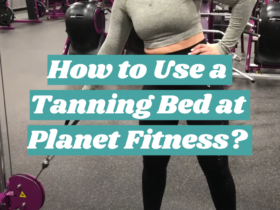

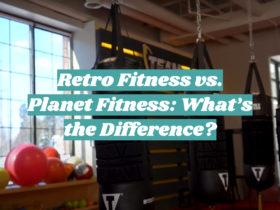

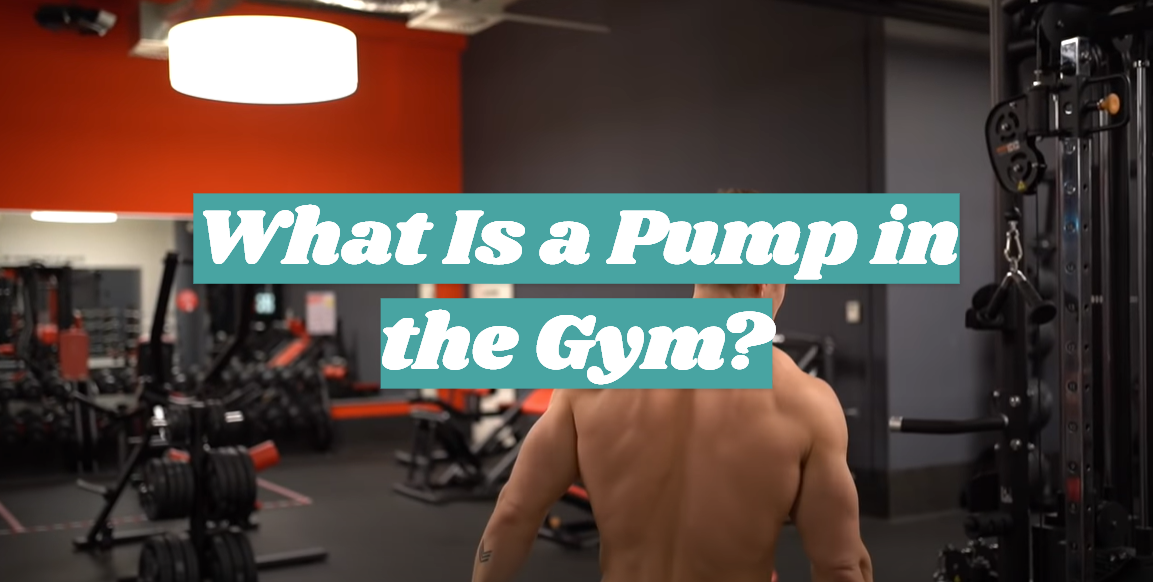




Leave a Review